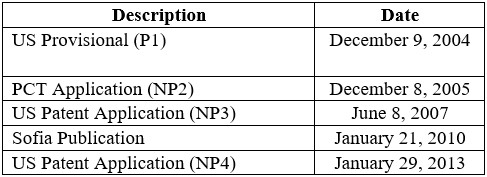The US Court of Appeals for the Federal Circuit reminded us that, in the context of related goods, the likelihood of confusion analysis does not require that actual or potential consumers of the goods be the same, but only that there be sufficient overlap. In re Oxiteno S.A. Industria e Comercio, Case No. 22-1213 (Fed. Cir. Mar. 9, 2023) (Dyk, Bryson, Prost, JJ.)
Oxiteno filed an intent-to-use trademark application for OXIPURITY, with its goods and services statement ultimately amended to include dozens of chemical products “for use in the pharmaceutical, veterinary, flavor and fragrance, and cosmetic fields.” The application was refused on likelihood of confusion grounds in view of FMC Corporation’s registered OXYPURE mark, largely because the hydrogen peroxide products covered by the OXYPURE registration moved through the same channels of trade as products recited in the Oxiteno application.
Oxiteno appealed the refusal to the Trademark Trial & Appeal Board. The Board analyzed likelihood of confusion using the DuPont factors and found the first four factors most relevant:
- Factor 1: The similarity of OXIPURITY and OXYPURE. The Board concluded (as had the Examiner) that the two marks were “similar in sound, meaning and commercial impression,” and found that this factor strongly favored a likelihood of confusion.
- Factor 2: The similarity of the covered goods. The Board agreed with the Examiner that the respective goods, while not the same, were sufficiently related to favor a likelihood of confusion finding.
- Factor 3: The similarity of channels of trade. The Board reviewed the third-party websites that the Examiner considered particularly dispositive. The websites sold hydrogen peroxide goods covered by the OXYPURE mark and the chemicals Oxiteno intended to sell under the OXIPURITY mark. The Board concluded that the same sources manufactured FMC’s established products and Oxiteno’s intent-too-use products, and directly sold these products to largely overlapping industries.
- Factor 4: “[t]he conditions under which and buyers to whom sales are made.” Of the four most relevant factors in this case, this was the only factor that the Board found to favor registration. The Board concluded that the consumers of the established and intent-to-use products would be sophisticated and not act on impulse.
Despite the potential consumers’ presumed sophistication, the Board found that factors 1 through 3 “rendered confusion likely” and thus affirmed the Examiner’s refusal. Oxiteno appealed.
Oxiteno argued that likelihood of confusion could not be found when the actual or potential consumers of the respective products covered by two marks were not the same, as with the relevant products here.
The Federal Circuit affirmed the Board, noting statements made by a company selling Oxiteno’s products that explained why almost every business is a potential purchaser of FMC’s OXYPURE hydrogen peroxide products. The Court also noted that FMC’s brochures stated that it sold its hydrogen peroxide products under OXYPURE and other brand names to the same key industries to which Oxiteno sold its products. The Court, therefore, concluded that substantial evidence supported that at least some [...]
Continue Reading
read more

 Subscribe
Subscribe



